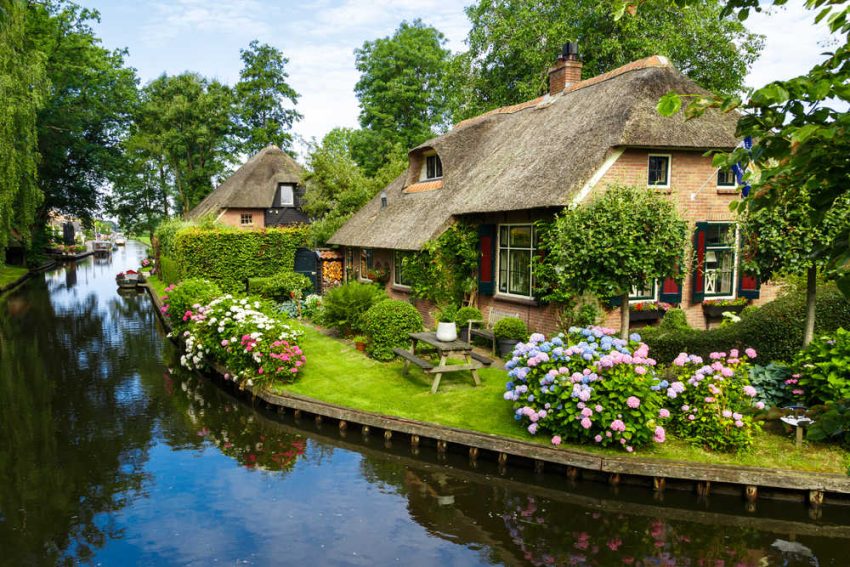Thatched houses are often quite old, and most of them are built in beautiful locations. They are typically built near a natural water source and on land that is sheltered and slightly sloping. This provides good drainage and reduces damp problems. You can also learn more about thatched homes by exploring this article.
The Origins
Thatched houses are an ancient form of housing, dating back to the prehistoric era. They were simple to defend and provided warmth and protection against the elements. Nomads often lived in caves, and the transition from cave dwelling to huts using thatch made sense. Thatch is a covering made from vegetation, such as bracken, heather, and wild grasses. Thatching materials were primarily straw, but in some parts of the UK, water reed was also used. These materials produced a variety of roof styles, including steep or shallow-pitched thatched roofs.
Examples
Examples of thatched houses can be found in many parts of the UK, including East Anglia. These structures have an age-old design, and their name comes from the Anglo-Saxon word ‘thatch’, which means ‘to cover’. Thatched buildings were popular in the 1800s, but the number of such buildings decreased to less than 35,000 by the 1960s.
Thatched roofs are particularly vulnerable to damage from weather, which is why they need regular attention. The ridge of a thatched roof is usually made from the same material as the main coatwork. Some thatched buildings feature patterned ridges, but this practice is more contemporary and does not belong on most historic thatched buildings.
Cost of Maintenance
When it comes to the cost of maintaining a thatched roof, there are a few different factors to consider. Firstly, you must decide on the style of roof you want, and what you want it to look like. You should also consider local aesthetic guidelines and safety precautions, which can help protect your home. Also, a properly maintained and protected thatched roof will reduce the cost of repairs and maintenance. Fire retardant spraying is an important maintenance step for thatched roofs and should be planned on a regular basis. In addition, you may want to consider adding netting to your roof to deter animals and birds.
Moreover, you must also bear in mind that thatched roofs must be cleaned by hand on a regular basis. Often, you may need to hire a master thatcher to clean the roof on a regular basis, and this can cost you around PS1,000 a year. Aside from cleaning, you should also remove any obstructions that may hinder the flow of rain and wind through the thatched roof. You should also hire a professional thatcher every year to check the condition of your roof and make minor repairs.
Lifespan
The life span of a thatched roof depends on a few factors. The climate plays an important role, as high humidity and rainwater can damage a thatched roof. The type of reed used also affects the lifespan. In general, a thatched roof can last for 40 to 50 years, depending on the weather conditions and the care and maintenance given to it.
Different thatching materials will have a different lifespan, and there are many reasons for this. One reason is aesthetics. The life span of a thatched roof is not as long as that of other types of roofs, such as metal or concrete. However, there are some exceptions to this rule. In Thailand, for example, a palm leaf thatched roof can last for 50 years.
Common Applications
Although thatched roofs are most often associated with the 1930s, the material is now used in a wide range of applications. If you want a traditional, authentic look for your home, thatch can be re-applied to damaged areas. In addition, this material does not wear down or suffer from fungal decay, making it a durable material to use on a home’s exterior.
One of the most common applications of thatched roofs is the roofing of a historic house or cottage. This type of roof was commonly made from straw, which is an older type of wheat. It is also organically grown, making it harder and more durable. However, modern wheat is genetically modified and contains pesticides that make it unsuitable for roofing purposes. Chemical straw is also an option, but it lasts only two or three years and rots away after 10 years. Fortunately, most historic thatched buildings have no traces of the use of chemical straw. If you want one for your home, visit capereed.com.
An athlete, a lover of delicious food. Let’s chat.
